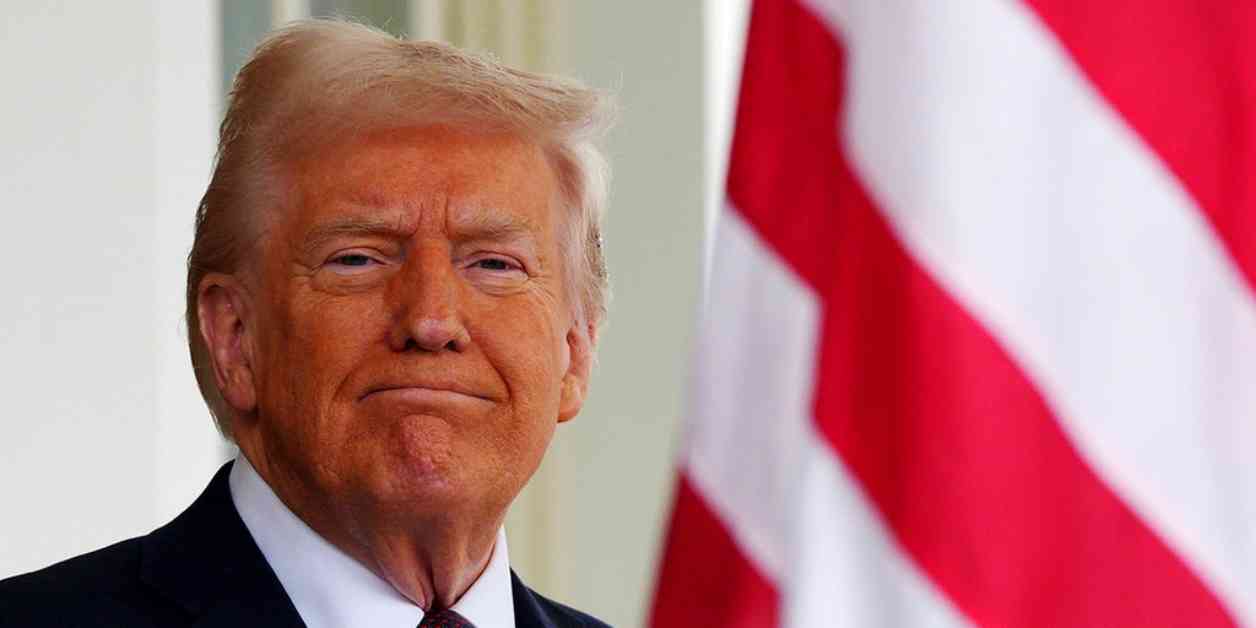President Trump’s Address to Congress: A Historical Look
The tradition of a presidential address to Congress, while not officially titled a “State of the Union” speech, holds a significant place in American history. Dating back to President George Washington’s address in New York, this practice has evolved over the years, transitioning from a written document to a radio broadcast and eventually finding its way to television and the internet. Tonight, as President Donald Trump prepares to address Congress, it’s worth delving into the rich history and significance of this longstanding tradition.
A Brief History of Presidential Addresses
The roots of presidential addresses to Congress can be traced back to Article II, Section 3 of the Constitution, which mandates that the President shall provide Congress with information on the State of the Union. Interestingly, the term “State of the Union” was not used until the early 20th century when President Woodrow Wilson revived the tradition after a 112-year hiatus. This shift from a written document to a public speech paved the way for future presidents to connect with the American people in a more direct and engaging manner.
From Radio to Television: The Evolution of Presidential Speeches
President Calvin Coolidge made history in 1923 when he became the first president to deliver a State of the Union address over the radio. This marked the beginning of a new era in presidential communication, as radio broadcasts gained popularity in the 1930s. President Franklin Delano Roosevelt capitalized on this medium with his famous “Fireside Chats,” using radio to connect with the public during times of crisis such as the Great Depression and World War II.
The advent of television in the late 1940s brought a new dimension to presidential speeches, with President Harry Truman becoming the first to have his address broadcast on TV in 1947. Subsequent presidents, including Lyndon Baines Johnson and Bill Clinton, continued to leverage emerging technologies to reach a wider audience. President Clinton’s decision to stream his speeches on the internet in the mid-1990s marked a turning point in how presidential addresses were disseminated.
The Power of Presidential Speeches: Beyond the Podium
While the focus of presidential addresses is often on the content of the speech itself, it is often the extracurricular moments that leave a lasting impact. From heroic acts of bravery, such as Lenny Skutnik’s daring rescue during the aftermath of the Air Florida Flight 90 crash, to infamous outbursts like Rep. Joe Wilson’s heckling of President Barack Obama, these moments have become part of the fabric of presidential addresses.
In recent years, incidents like House Speaker Nancy Pelosi tearing up President Trump’s speech and Steve Nikoui’s arrest at President Biden’s address have captured public attention. These episodes serve as a reminder of the passion and emotion that can accompany these historic events, underscoring the deep connection between presidents, lawmakers, and the American people.
As President Trump prepares to address Congress tonight, it is essential to reflect on the rich history and significance of this longstanding tradition. From the humble beginnings of George Washington to the modern-day spectacles of television and internet broadcasts, presidential addresses have remained a cornerstone of American democracy. Tonight’s speech, while not a State of the Union in name, carries on a tradition that has endured for over two centuries, shaping the way presidents communicate with the nation. Let us watch with anticipation as President Trump takes the podium, continuing a legacy that has defined the presidency for generations to come.

